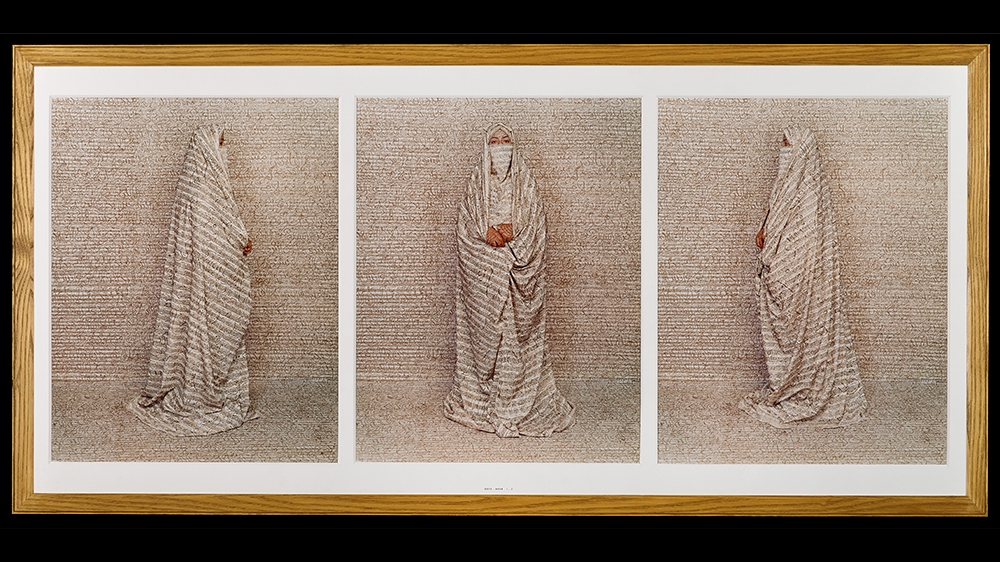Exploring the influence of Muslim culture on the West
British Museum showcases historical East-West cultural exchange against backdrop of contemporary Islamophobia.
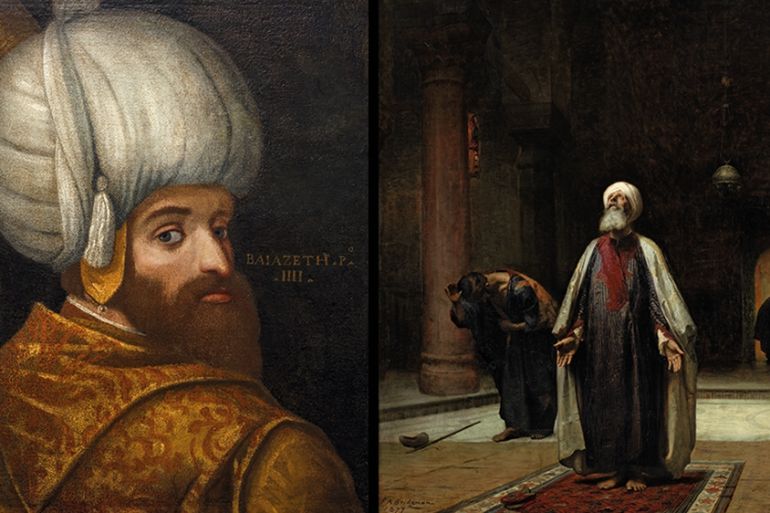
London, United Kingdom – A 19th-century painting of a harem by European artist Antoine-Ignace Melling has been animated, subverting the depictions of the women within, from passive subjects of erotic fantasy to drab creatures engaged in jerky, repetitive movements reminiscent of a cuckoo clock.
This is contemporary Turkish artist Inci Eviner’s reimagining of a “classic” portrayal of an Ottoman harem and its message is serious. Art from the Middle East is outgrowing its “Orientalist” straitjacket.
Keep reading
list of 4 itemsUS returns ancient artefacts looted from Cambodia, Indonesia
Mandela’s world: A photographic retrospective of apartheid South Africa
Portrait by Gustav Klimt sells for $32m at Vienna auction
Her work is part of a major exhibition in London’s British Museum called Inspired by the East, that explores the significant – yet often unacknowledged – influence of Eastern culture on the West.
“Discover centuries of art inspired by the Islamic world,” the museum promises visitors.
Co-curator Julia Tugwell said there has been a resurgence of interest in Orientalist work after it fell out of fashion for years, and she hopes the exhibition can help to reduce barriers thrown up by politics.
“People might forget that there has been an exchange between East and West for centuries, much longer than we think and while, of course, some of that has been warfare, a lot of it has been diplomatic relations and artistic exchange.
“Looking at this through an artistic medium and showing how there has been this interest in the ‘other’ from both directions over the years shows that there has been an ongoing dialogue.”
Organised in collaboration with the Islamic Arts Museum Malaysia, the exhibition traces Western fascination with the Eastern and Muslim world since the medieval era.
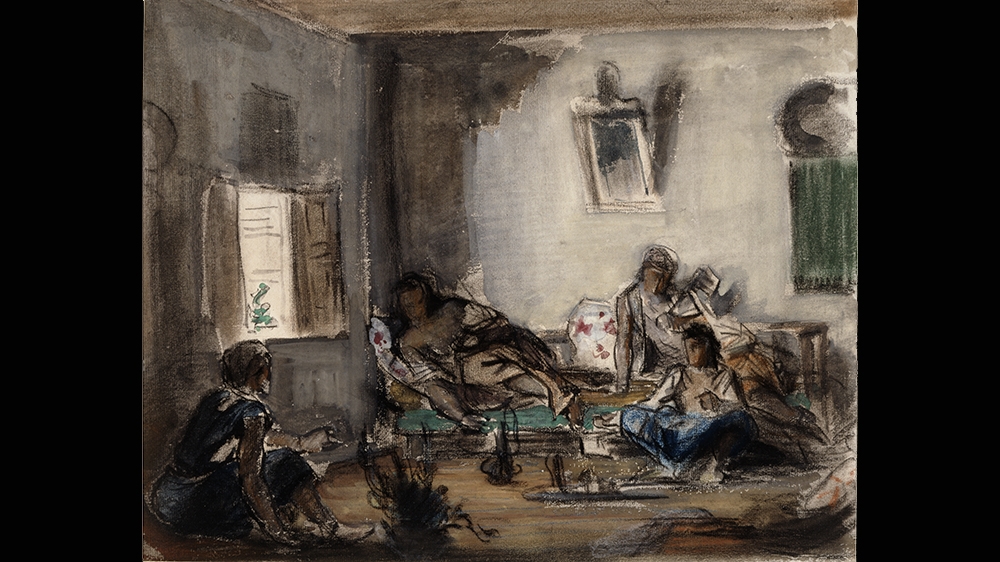
The term “Orientalism” refers to an artistic movement that emerged in the 19th century, but was given a more explicitly anti-colonial political tone by Palestinian-American scholar Edward Said.
Its roots lie in early European religious interest in Palestine, while trading and diplomatic exchanges with the Safavid and Ottoman empires starting in the 15th century increased awareness of local traditions and encouraged artists to visit these lands.
In 1479, for example, the Venetian Republic sent the painter Gentile Bellini to Constantinople (Istanbul) to paint Sultan Mehmet II in an act of diplomacy.
Hungry markets for Ottoman goods grew in Europe and, after 1700, the presence of a diplomatic corps in Constantinople provided new patrons for artists.
European colonialism and the 19th-century popular demand for products from the region saw craftsmen increasingly recreating Islamic techniques and styles to keep up with a growing taste for “Oriental-style” interiors that reproduced designs from mosaics, tiles and architectural features.
Catherine Futter of the Nelson-Atkins Museum of Art in Kansas City, who contributed to the exhibition’s catalogue, said Islamic influence in European design endures.
“We still see Islamic arches and patterns incorporated into architecture and perhaps we see them so often they seem part of our currency and we have forgotten their sources – whereas in the 19th century they would have seemed far more unusual.
“One of the things that is exciting about this exhibition is that it is highlighting that important contribution to art, culture, science and technology made by the Islamic world.”
When they go to an exhibition like this and appreciate the benefits of the Islamic culture, it fosters tolerance.
Poets, writers, musicians and playwrights contributed to a large body of work depicting the “Orient” in imaginary terms.
Orientalist scenes often evoked a tranquil, settled way of life that contrasted to the disruptive industrialisation in Europe and America.
Some artists such as Austrian Rudolf Ernst travelled throughout the Middle East and North Africa, while others, like the Italian Ettore Simonetti, remained in their studios, painting imagined landscapes.
The Islamic faith and figures at prayer became a marker of difference, and the Hajj pilgrimage to Mecca was a recurrent theme – as was the harem, with which male European artists took considerable erotic licence.
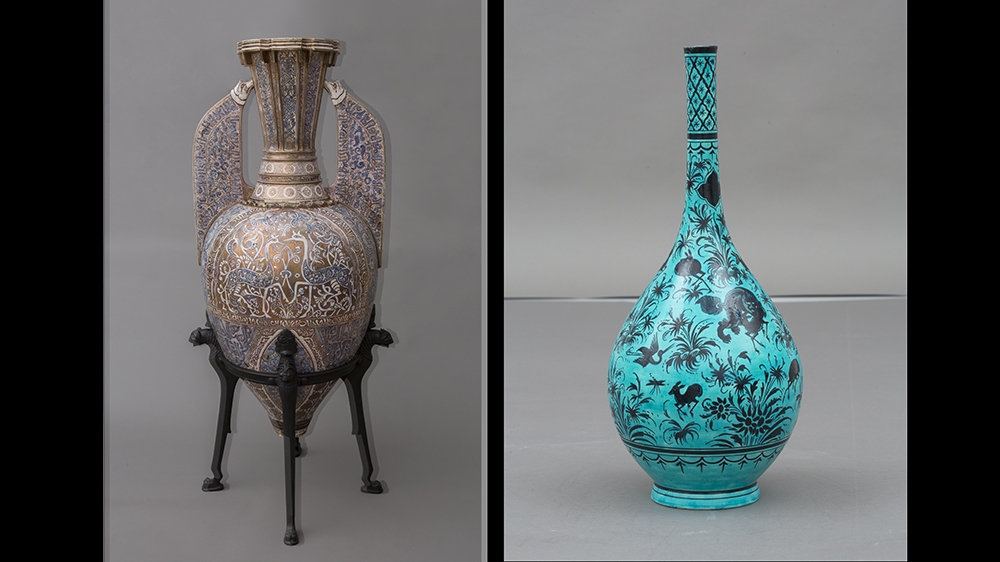
An important point made by the curators is that Orientalism was a two-way process – and during the 19th and early 20th centuries Eastern artists began to embrace it in their own distinctive way.
Images from the studios in Constantinople and Cairo of the pioneering photographer Pascal Sebah demonstrated how Ottoman subjects themselves saw their world.
Photographs of women by Persia’s most successful late-19th century photographer Antoin Sevruguin drew upon Orientalist interpretations of the harem.
Professor Ali Behdad of the University of California in Los Angeles, who also contributed to the exhibition catalogue, says there is an “intimate” relationship between Orientalism and photography – but that its study has been neglected.
“For many years, until very recently, in art historical circles the photography of the Middle East played a very minor role. There was absolutely no knowledge of this body of information.
“Soon after the invention of the daguerreotype it was the French who went to Egypt to take photographs of Egyptian antiquity, and very soon there was a massive archive of photography of the region.”
Contemporary resonance
The concluding section of Inspired by the East displays photographs by contemporary female artists from the Middle East challenging Orientalist depictions of women – often through political compositions.
Shirin Neshat’s portrait of herself posed as if in prayer next to a rifle is a comment on Muslim female identity referencing the Iranian Revolution.
A self-portrait by Palestinian artist Raeda Saadeh reimagines the passive woman from the harem as a confrontational witness to today’s turbulent regional politics.
William Kynan-Wilson of Aalborg University, who discusses the origins of Orientalism in the catalogue, told Al Jazeera Western scholarship has increasingly been uncovering the contribution of Islamic art.
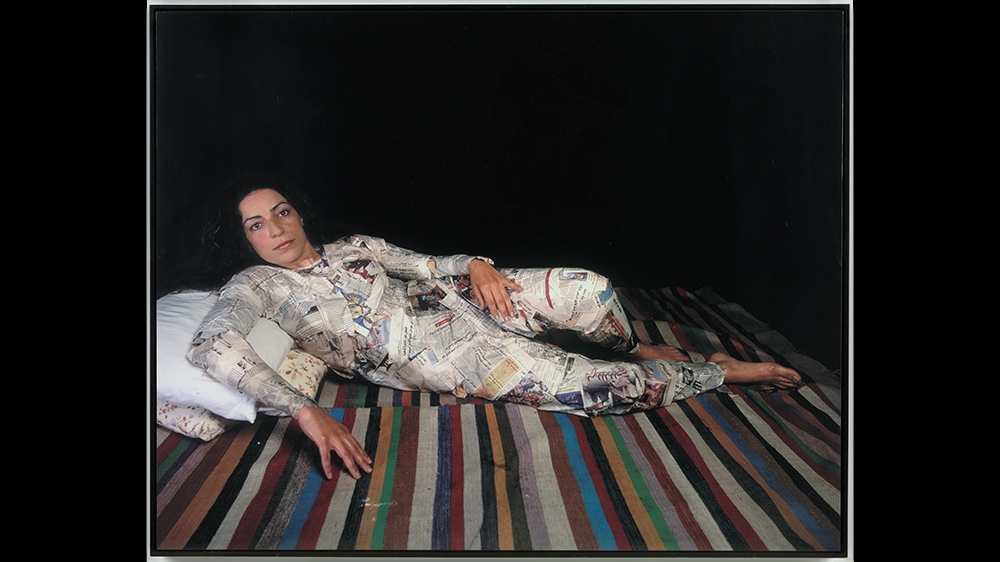
“It inevitably takes time for these academic ideas to filter into a wider ‘popular’ level of discourse, but I think it is happening and that exhibitions, like this one, are an important part of bringing these debates to wider and more varied audiences.”
Egyptian-British artist Iythar, who lives in London, said the exhibition could not have come at a better time amid rising anti-Muslim sentiment.
“This is very important and should have been done sooner because it helps people see the positive impact Islam has had in the world – not just in art but culture in general.
“Many people only choose to listen to what they hear in the media and don’t know anything about Islam, so when they go to an exhibition like this and appreciate the benefits of the Islamic culture, it fosters tolerance.”
